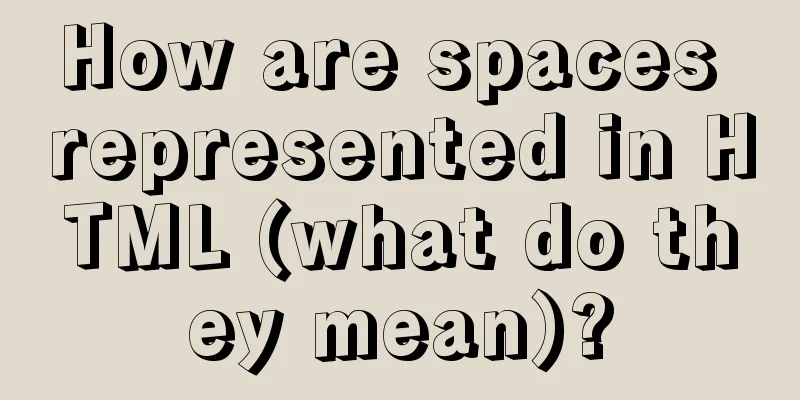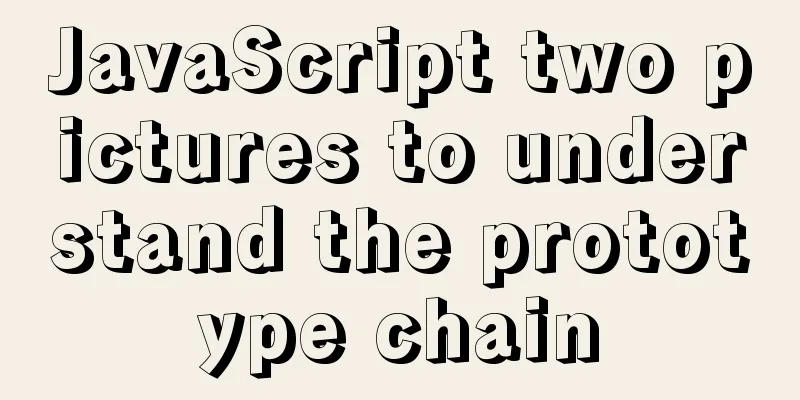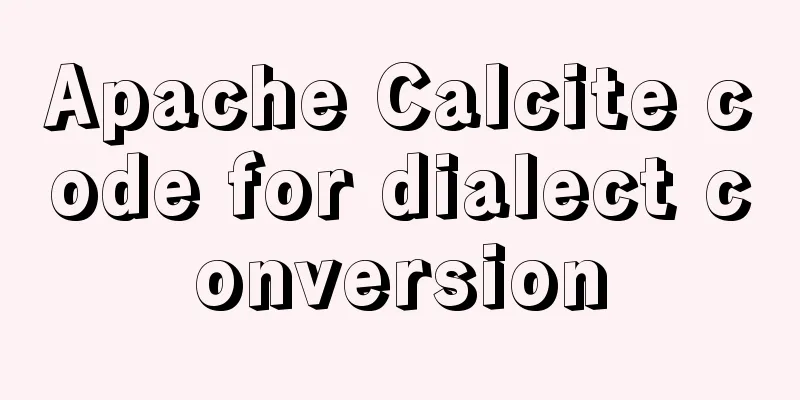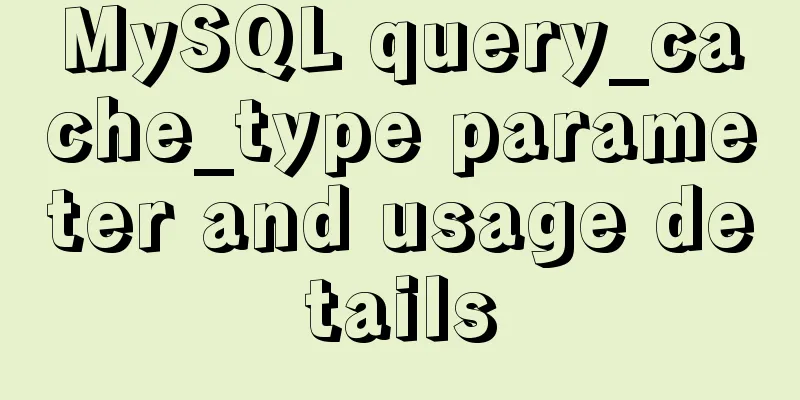JavaScript prototype and prototype chain details
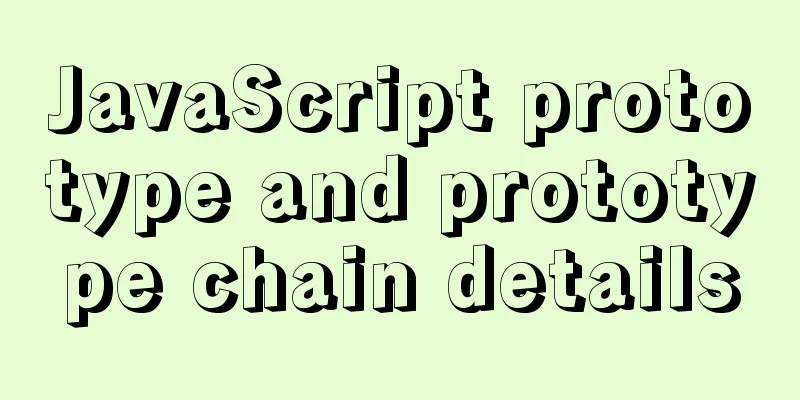
|
Preface:
To be precise, these properties and methods are defined on Four sentences reveal the prototype and prototype chain:
The relationship between constructor, prototype and instance: Each 1. prototype (explicit prototype) Every function has a
// Constructor (class)
function Person(name){
this.name = name
}
// New an instance (object)
var person = new Person('南玖')
console.log(person) //Person { name: '南玖' }
console.log(Person.prototype) //Prototype of the constructor function (class)----->object Person.prototype.age = 18 // Constructor function prototype console.log(person.age) // 18
Above we printed out the prototype of this function
The above picture shows the relationship between the constructor and the instance prototype, so we know that the prototype property of the constructor points to an object. What is the relationship between an instance and its prototype? Here we need to mention the 2. __proto__ (implicit prototype) From the above four sentences, we can know that this is a property that every Because there is no concept of class in Then we can prove the relationship between the instance and the instance prototype console.log(person.__proto__) //Instance (object) prototype ---> object console.log(person.__proto__ === Person.prototype) //The prototype of the instance is equal to the prototype of the constructor function
From the above figure we can see that both instance objects and constructors can point to prototypes, so can prototypes point to constructors or instances? 3. ConstructorThe prototype has no attributes pointing to the instance, because a constructor can create multiple instance objects; From the previous four sentences, we know that "there is a So we can prove the point:
console.log(Person.prototype.constructor) // Constructor of the explicit prototype of the instance ƒ Person(name){this.name = name}
console.log(person.__proto__.constructor) //Instance's implicit prototype constructor ƒ Person(name){this.name = name}
console.log(person.__proto__.constructor === Person.prototype.constructor) //true The constructor of the instance prototype is equal to the constructor of the class console.log(Person === Person.prototype.constructor) //true
How is
function Foo() {}
// This function is an instance object of Function // function is a syntax sugar // It actually calls new Function() internally
So it can be said that in the 4. The principle of newTo put it simply, it can be divided into the following four steps:
function myNew() {
// 1. Create a new empty object let obj = {}
// 2. Get the constructor let con = arguments.__proto__.constructor
// 3. Link prototype obj.__proto__ = con.prototype
// 4. Bind this and execute the constructor let res = con.apply(obj, arguments)
// 5. Return a new object return typeof res === 'object' ? res : obj
}
5. Prototype chainAfter talking about prototypes, let's take a look at what is the prototype chain? Let’s take a look at a picture first:
In this picture, the chain relationship connected by 5.1 The role of the prototype chain The prototype chain determines how inheritance is implemented in
5.2 What is the __proto__ of a constructor? From the explanation of the prototype chain above, we should be able to understand
function Person(){}
console.log(Person.__proto__)
console.log(Function.prototype)
console.log(Person.__proto__===Function.prototype) // true
"This also shows that all functions are instances of Function" If we understand it this way, then Function.__proto__ === Function.prototype // true This is exactly what it prints out. Is
6. Summary
This is the end of this article about the details of You may also be interested in:
|
<<: W3C Tutorial (3): W3C HTML Activities
Recommend
Detailed explanation of the relationship between image format and design in web design
Why do I want to organize the content in this area...
Simply master the use of horizontal line annotations and code comments in HTML
Horizontal Line Use the <hr /> tag to draw ...
Summary of common tool examples in MySQL (recommended)
Preface This article mainly introduces the releva...
Detailed explanation of formatting numbers in MySQL
Recently, due to work needs, I need to format num...
Detailed explanation of vue keepAlive cache clearing problem case
Keepalive is often used for caching in Vue projec...
Mini Program to Implement the Complete Shopping Cart
The mini program implements a complete shopping c...
Several solutions for forgetting the MySQL password
Solution 1 Completely uninstall and delete all da...
JS realizes the front-end paging effect
This article example shares the specific code of ...
How to implement concurrency control in JavaScript
Table of contents 1. Introduction to Concurrency ...
Several situations where div is covered by iframe and their solutions
Similar structures: Copy code The code is as foll...
Two ways to create SSH server aliases in Linux
Preface If you frequently access many different r...
Example of how to identify the user using a linux Bash script
It is often necessary to run commands with sudo i...
Use Nginx to build a streaming media server to realize live broadcast function
Written in front In recent years, the live stream...
MySQL efficient query left join and group by (plus index)
mysql efficient query MySQL sacrifices group by t...
MySQL 8.0.18 uses clone plugin to rebuild MGR implementation
Assume that a node in the three-node MGR is abnor...





